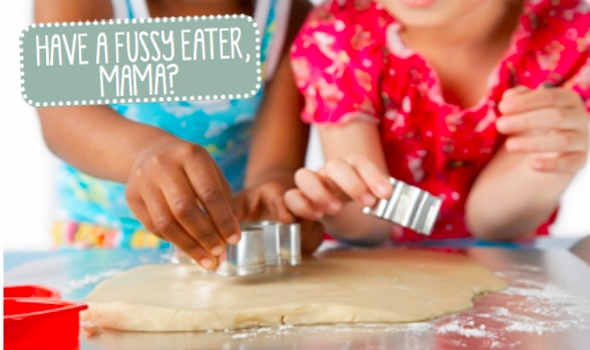
Getting kids excited about trying new foods may sound daunting, but I think if you prepare a few inroads, eventually one will do the trick for your little chefs-in-training. I usually take the approach that there is no difference between “adult food” and “kid food” at the table. Family should share a meal and kids should be exposed to a variety of flavours early on and frequently. I am, however, realistic and certainly respect the power of strong flavours on young taste buds. There are simply some ingredients out there that they will need time to grow into, or go through love/hate phases with. Here are my go-to strategies to get kids interested in trying new foods, (if not loving them right out of the gate!)
It’s OK to fail
The first thing to remember is that no matter how much effort you’ve put in, not every new food, recipe, or preparation will be a homerun. Get comfortable with that fact right away and try not to take offence when your gorgeous asparagus soufflé just gets pushed around the plate! At least this counts as “exposure” and warms them up to the ingredients.
Get Their Hands Dirty
Kids are much more likely to try new foods that they have some sort of investment in. If they’ve helped in any capacity in the meal prep, they will be more excited to try “their” food. No task is too small, from setting the table to washing fruit and vegetables; it all creates a sense that this is their meal, presented to us with love and that we couldn’t have done it without them.
Allow Multiple Tries
This point is actually pretty much key. Studies have shown that adults take about 5-7 tries of a new food ingredient, regardless of how it is prepared, to fully decide if they like it or not. One taste is simply not enough for an informed decision from our taste buds. For kids, it’s more like 15-20 tries! So don’t be discouraged if that first bite of cauliflower is rejected with a vengeance. Be patient yet persistent; keep presenting the ingredient in different forms and flavour combinations over time. Warm their palate up to it slowly and respect the fact that they deserve a good dozen tries to make an informed decision. Hate steamed cauliflower? Try a cauliflower macaroni and cheese bake, cauliflower steaks or even cauliflower “rice.” You don’t have to blend, hide or arrange the food into playful sculptures to get it down the hatch. Quite the opposite; own up to the fact that it’s in a dish and praise your little one for enjoying it with such relish!
Demonstrate the Transformative Power of Food
Time in the kitchen is a chance to show science at work all around us. Cooking is just like magic happening before our eyes every day, and this is a great appeal to get kids in the kitchen. Take them through the various stages of transformation; for example, show how sweet vegetables caramelise when you crank up the heat. A sharp spicy onion becomes a melting pile of gooey goodness after an hour on the stovetop. A crunchy carrot develops a candy-like coating. Show an uncooked grain versus a cooked one and explain how it absorbs water so we can eat it. Most importantly, let them taste, taste, taste throughout all the stages (within reason with what can be eaten raw)! The more kids understand what’s happening in the kitchen, the less intimidating the final product on the dinner plate will be.
Create a Connection
Try to demonstrate how we are linked to our food system and why we eat the foods we do. You can explain how the seasons dictate farming and why we only see certain produce at set times of the year. Grow a few fresh herbs at home in a pot on a windowsill; kids make great caretakers for those and will be so excited when you use their herbs in your cooking! Visit an organic farm in the New Territories or any sort of food producer to see where our food comes from. Ask to take a tour of a bakery. Explore ethnic cookery. Whatever you do, find a hook that interests you and your child and with a little research there’s always a way to get hands-on.
Deconstruct
Exhausted every approach and feel as though your kids are still asking for the same old stuff? Keep in mind that the goal is not necessarily that everyone’s dinner plate looks exactly the same, rather that they share at least some elements with the adult plates to create an exposure to new foods. Maybe that means using a lighter hand with the spices for the kids’ portions, or holding the black olives. Think about the components of the main dish that you know will definitely pass muster then build new introductions from there. And give them credit where it’s due; our kids can surprise us and become the most sophisticated eaters if we just give them the chance!
 View All
View All









 View All
View All





 View All
View All


 View All
View All








